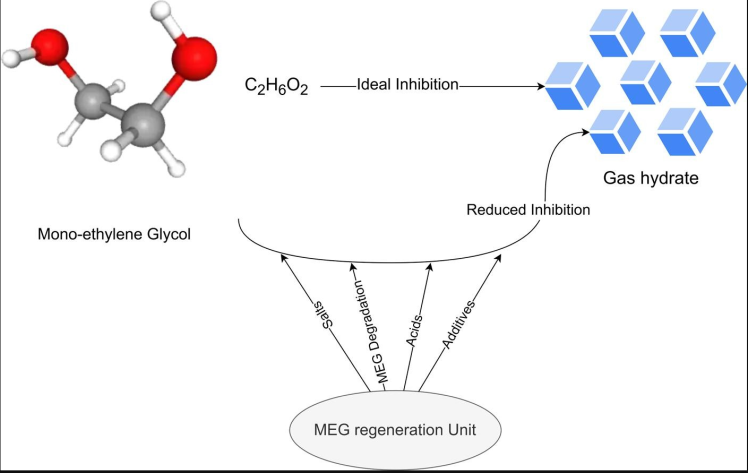Read More
Physical Properties of Diethylene Glycol
Diethylene glycol (DEG) possesses several key physical properties that significantly influence its applications across various industries. Understanding these properties is essential for optimizing its use in formulations, manufacturing processes, and product development. Key Physical Properties 1. Boiling Point: Diethylene glycol has a boiling point of approximately 245 °C (473 °F). This relatively high boiling point is a result of the compound's molecular weight and the presence of two …
